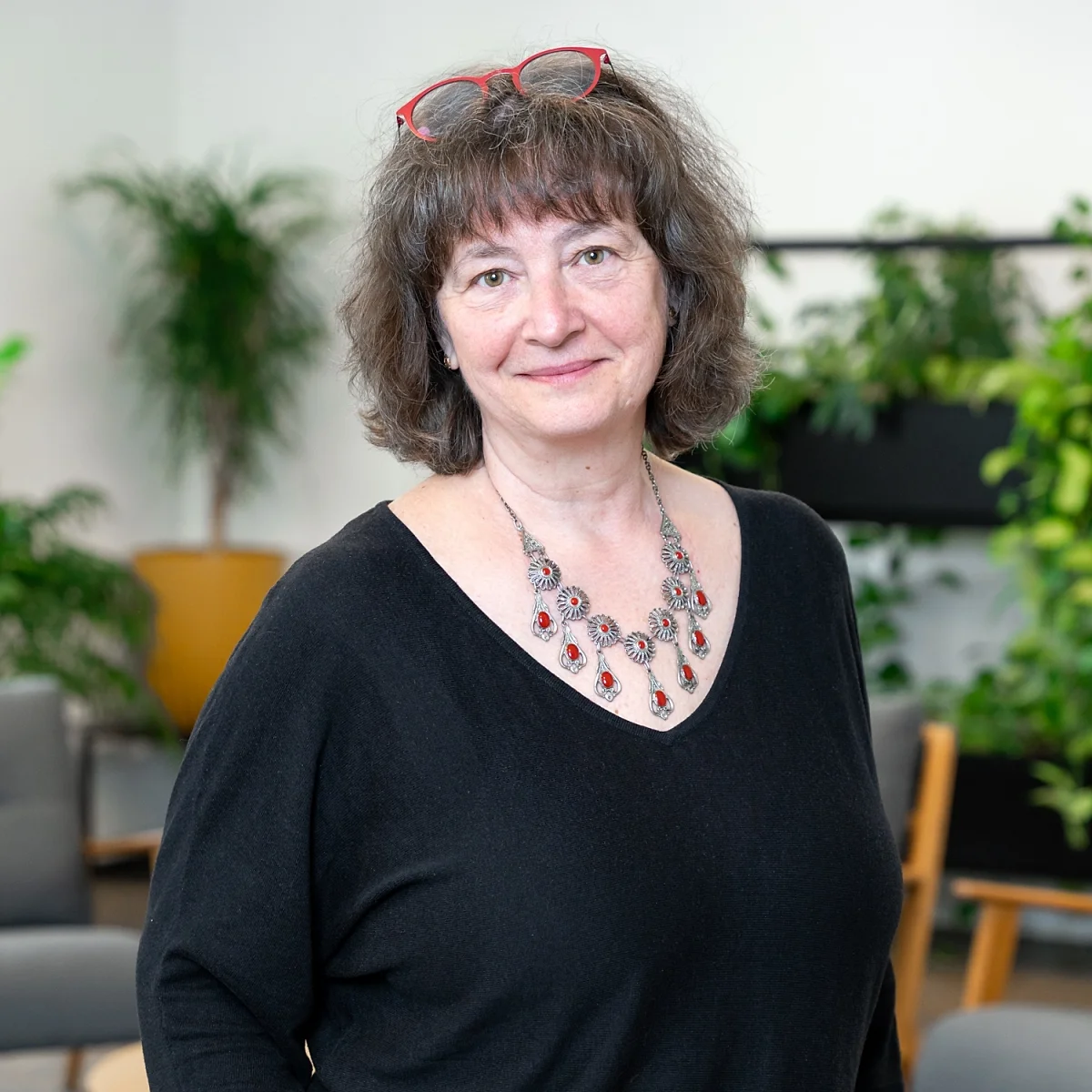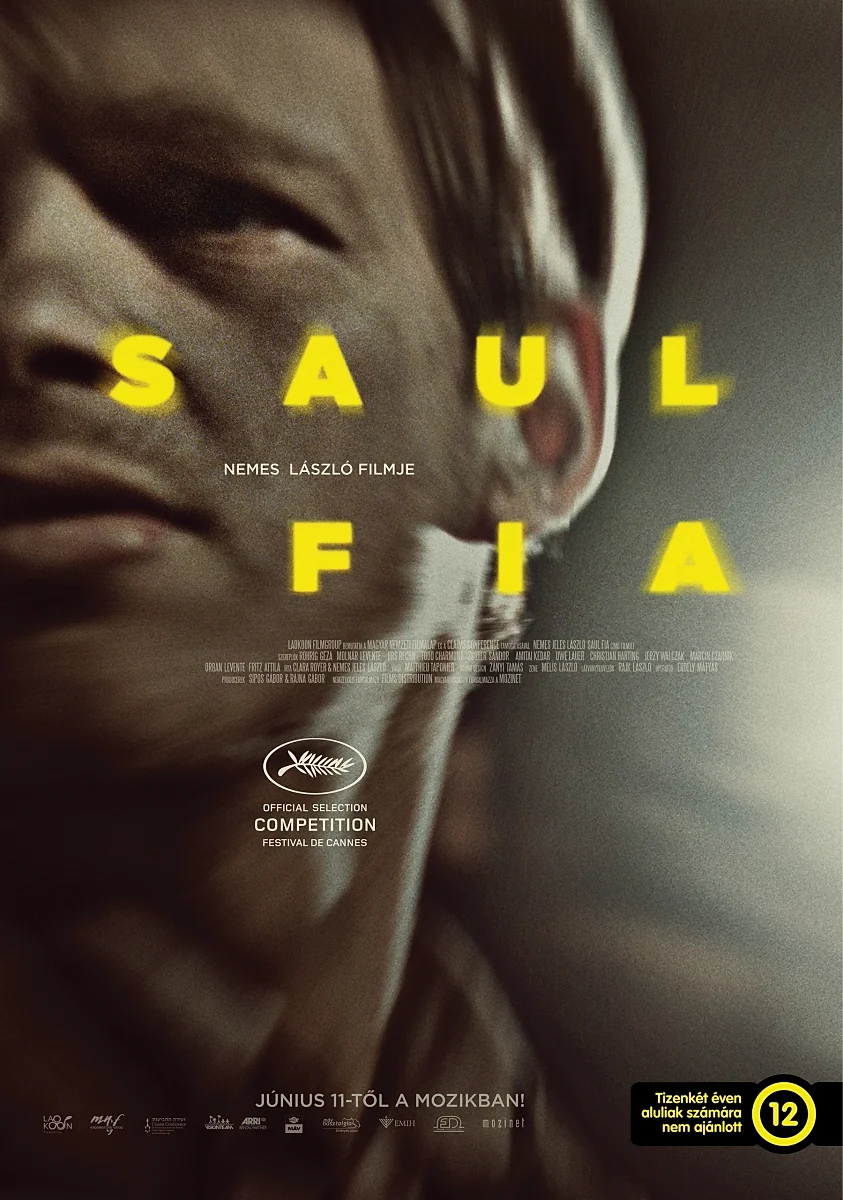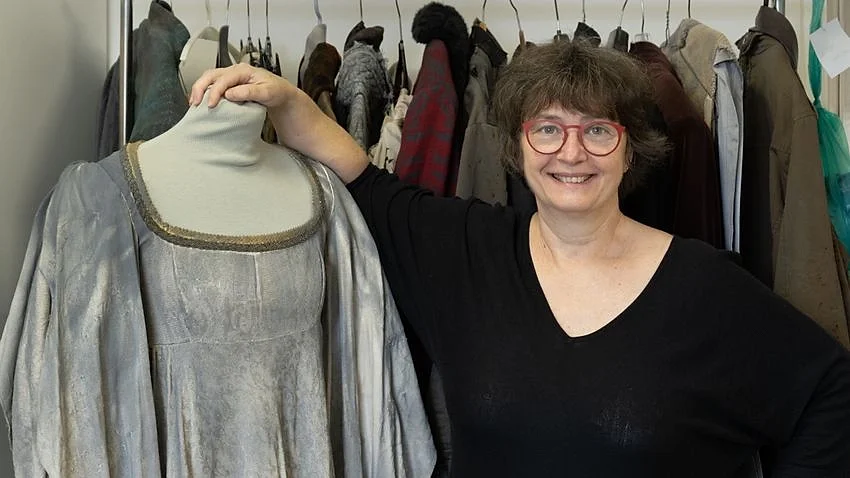
Biography
Following her graduation, beginning in 1989, she was a member of the “OKKER” Studio, where with her peers from university she designed unique, limited run clothes. Following the dissolution of the design team, she continued her design work as a founding and creative member of the fashion design studio “RAKPART.” Until 2005, she dealt primarily with the design, production and sale of unique, mid-range daily wear items. As a member of both studios, she participated in a number of fashion shows, exhibitions and competitions. The most important of these included the fashion shows Textivál and Pretextivá. Members of the studio were recognised by exhibitors and by a government minister at the Industrial Design Prize competition. Beginning in 2005, she gave fabric design and fabric manipulation an increasingly prominent role in her work. Her DLA project, “Opportunities for the application of photographic techniques in the field of textile design,” reflects this experimental direction. Since 2007, she has worked primarily on theatrical and film productions as a creative textile artist. As a fabric designer Tünde helps costume designers make sure that audiences see the characters, not just the actors. Through her work to credibly render historical eras and stories, she is a regular contributor to international and Hungarian productions. In the Oscar-winning movie Son of Saul, she was responsible for the authentic and credible production of the outfits designed by costume designer Edit Szűcs, to ensure they reflected the historical period. In 2021, at an exhibition in FUGA, she demonstrated several ways of shaping characters through textiles and fabric manipulation in theatrical and film projects.
Professional works

